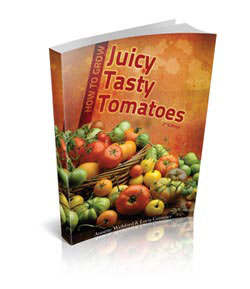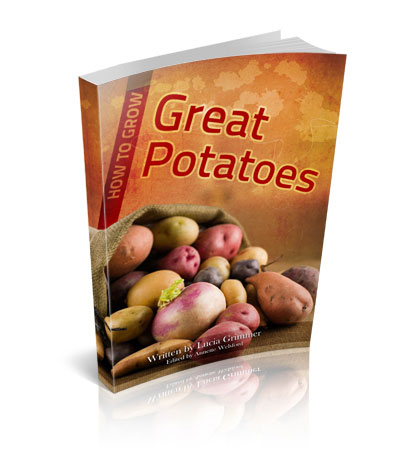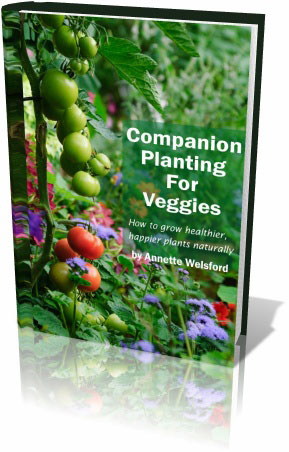Growing Beans at Home
 |
| Dwarf Beans |
Beans are both delicious and nutritious, and they are easy to grow at home.
But there are different types of beans and you need to know the difference both in terms of the crop you can expect and the conditions in which they will thrive. Furthermore, within each bean group you will find a range of different cultivars. You need to find out which types are available in your area and, even more important, when and if they are likely to do well in your home veggie garden.
The beans you can choose from are:
- broad beans,
- dwarf or green beans,
- lima beans,
- runner beans, which are similar to dwarf beans.
Some are annual and some are perennial.
Broad beans (called fava beans in some parts of the world) are a legume of Mediterranean origin and have been hugely popular in England for a long time. This is essentially a winter veg which favours cool and moist growing conditions. Long-pod broad beans do best in sub-tropical regions. Broad beans are propagated by seed, directly into beds where they will mature. The soil should be heavy and nutritious with a pH of between 6,0 and 7,0. These bean plants need support so it is worthwhile using stakes and a couple of rows of string that they can clamber over.
Dwarf green beans, which are also known as French beans and bush beans, originated in Central and South America. They can be a highly profitable home crop, providing meal after meal. In spring and summer these annual beans will mature within seven to ten weeks. They can be closely spaced in rows, in most types of soil, providing it is well drained and has a pH of between 6,0 and 7,5. Seeds planted in light to medium soils should be planted about 40 to 50 mm below the surface; if the soil is heavy, plant only about 30 to 40 mm. They do particularly well when planted after cabbages, cauliflowers or potatoes that were planted in really good quality, well fertilized soil. Green beans have a shallow root system and when the plants have formed their pods, it is advisable to draw the soil up the stems for support.
Lima beans (often referred to as butter beans) are probably the least popular type of bean for the home garden. This is probably due to the generally scarcity of seed. However both pole and bush types of South American origin are available. Lima beans are a warm season crop and seeds should be sown fairly far apart (100 to 150 mm) but quite shallow (about 25 to 40 mm) in well-drained, good quality but light soil with a pH of between 6,5 and 7,5. While the bush Lima requires the same treatment as dwarf beans, pole Lima cultivars need very little attention, and will often continue to bear fruit for as long as three years.
Runner beans, which, like dwarf beans originated in Central and South America, may be perennials or annuals and the generally shoot in spring. They favour the same slightly acidic soil as Lima beans, and normally do best in well prepared soil that has been trenched to a depth of about 200 mm. Runner beans need support and are commonly grown on supports arranged to form a tepee-shape. Alternatively you can use single stakes, or a row of double stakes angled to meet at the top. While they take longer than dwarf beans to mature (as long as 12 weeks), the picking season is a lot longer.
All beans are best eaten fresh, but they may also be successfully frozen. Green beans make a great addition to pickled vegetables.
Tags: bean varieties, growing beans












